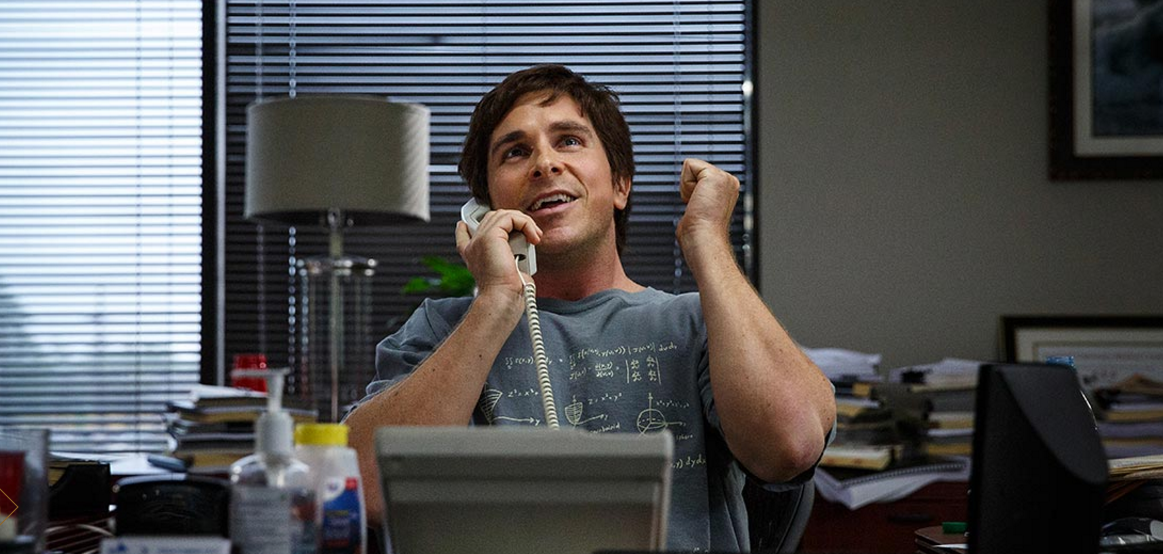Early film festival screenings of Arrival generated a lot of positive buzz for director Denis Villeneuve’s latest picture in the months leading up to its release, making it one of the more highly anticipated movies of the year. This, of course, led to some pretty sizable expectations; Plenty of people will go into this movie expecting something great and, for the most part, they will not be disappointed.
The central conflict of the movie is fairly straightforward; When twelve gargantuan alien spaceships land throughout the globe, several teams of experts are gathered to make contact with the beings inside of them. Arrival mostly focuses on the American team, led by linguist Louise Banks (Amy Adams) and physicist Ian Donnelly (Jeremy Renner). These twelve teams must work together to find a way to communicate with the aliens and find out the reason behind their presence on Earth.
Amy Adams delivers one of the best performances of her career as Louise, and that's saying something. She’s the emotional center of the film, and she carries this weight in a very understated fashion. Everything that the viewers experience is seen from Louise’s point of view, and a lesser actress could have been too over the top to be believable as this character. In a movie that almost entirely hinges on the viewer relating to the Louise’s mental goings-on, that would’ve been catastrophic. The supporting cast is adequate, lacking any other real standouts, but also comfortably without any unbelievable performances that would take one out of the story.
Arrival also deserves a good amount of praise for its technical aspects. The directing literally places the viewer inside the head of Louise, and this is complimented by some truly incredible cinematography resulting in visuals that tell the story as much as the script does. The shots in which we see Louise enter both the military lab and the spaceship for the first time show how anxious and overwhelmed she is during those scenes being a standout example.
The production design also deserves to be lauded, with the incredible design of the aliens, their spaceships, and their language never feeling campy. Much like the directing and cinematography, these elements all help tell a story through the visuals only; This is a movie that one could watch on mute and still enjoy. Watching it without sound, though, would deprive viewers of experiencing the score and sound design, both of which are top notch as well. On a technical level, Arrival passes with flying colors.
The film, however, is not without flaws. There is a storytelling device (the explanation of which would spoil crucial plot points) that the movie goes to way too often, resulting in a slow pace at time and choppy storytelling at others. Even though that device conceptually fit the film and sets up the big reveal in the climax, the execution of it was a bit shoddy, hurting the overall flow of the film. Pacing is the movie’s biggest issue, with certain parts of the second act and the resolution of the movie unfolding too slowly.
There are also some issues with characterization, as Jeremy Renner, whose Marvel Cinematic Universe character Hawkeye is often mocked for being there without any real purpose, gets the same treatment in this movie. His character is underdeveloped and is almost extraneous to the plot except for the one moment when he figures something out on his own. Renner does a solid job with the hand he’s dealt, but the script does not really give him much to do.
Still, Arrival is overall an extremely original, conceptually ambitious film that is definitely worth seeing. There will be some bumps, but this superbly crafted sci-fi drama is ultimately a technical masterpiece with a world-class performance at its heart.










